



End-to-end certification and regulatory compliance for Indian and global markets.
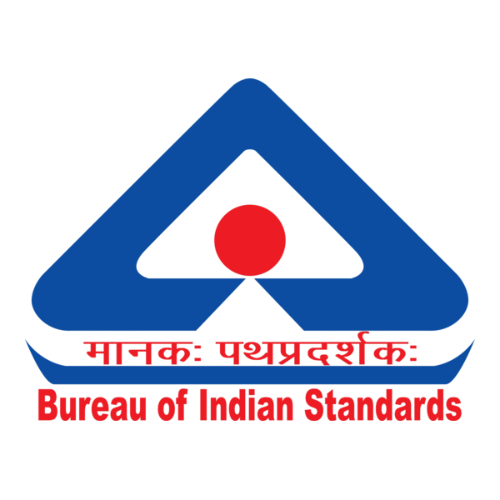 BIS Certification
BIS Certification
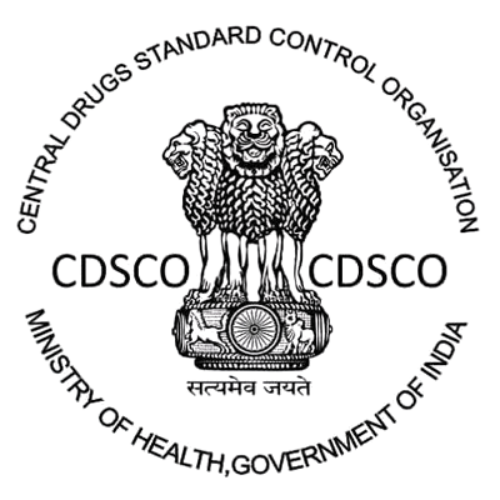 CDSCO
CDSCO
 CPCB
CPCB
 LMPC
LMPC
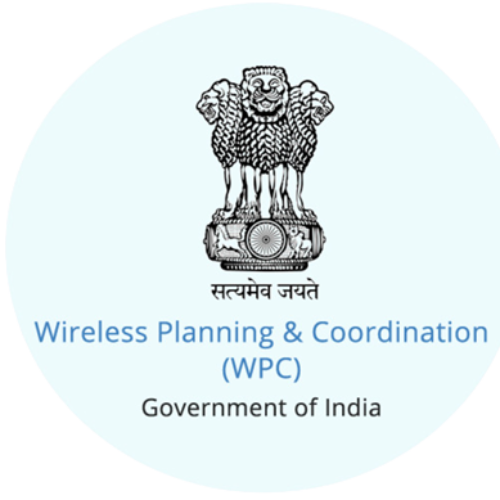 WPC Approval
WPC Approval
 Global Approvals
Global Approvals
 TEC
TEC
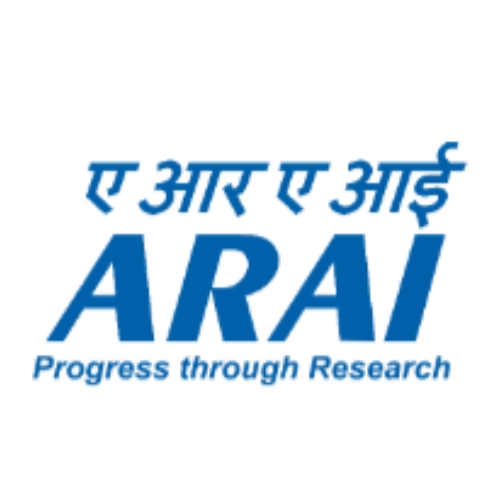 ARAI
ARAI
 BEE
BEE
 ISO Certification
ISO Certification
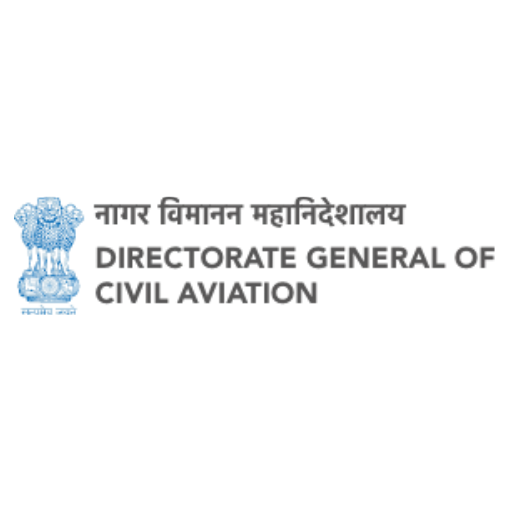 Drone Registration
Drone Registration
 NOC For Steel
NOC For Steel





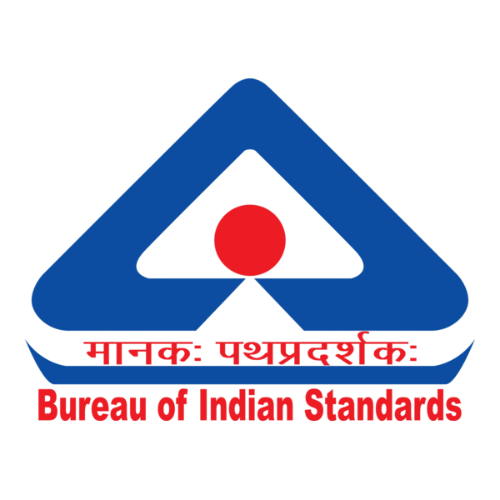

























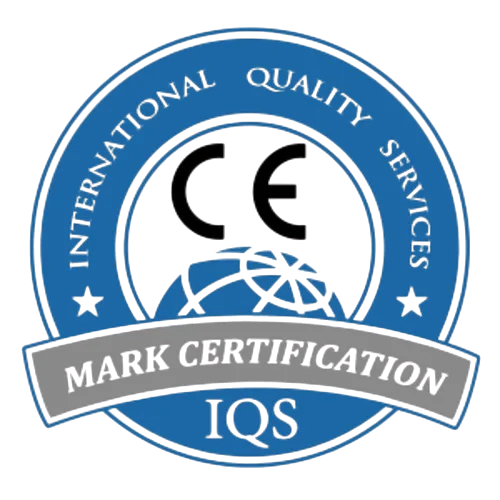



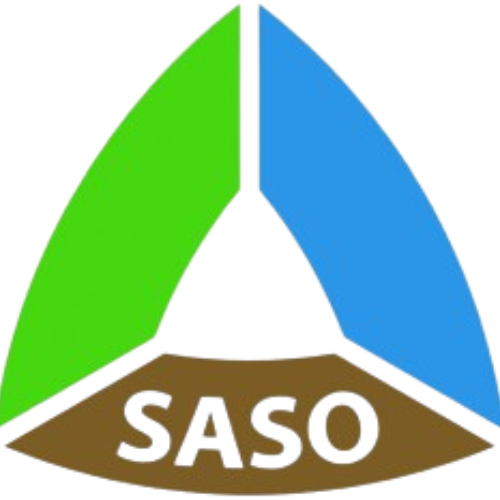



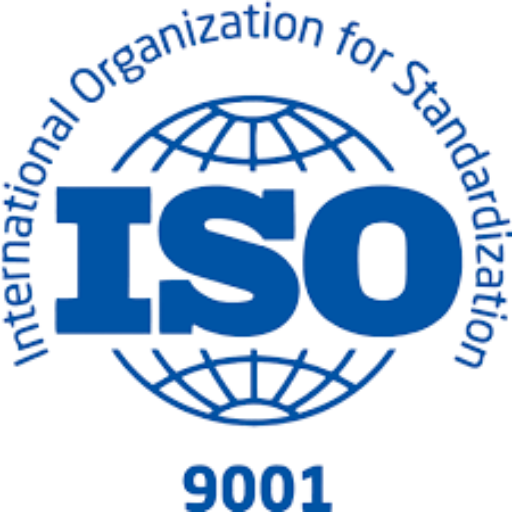
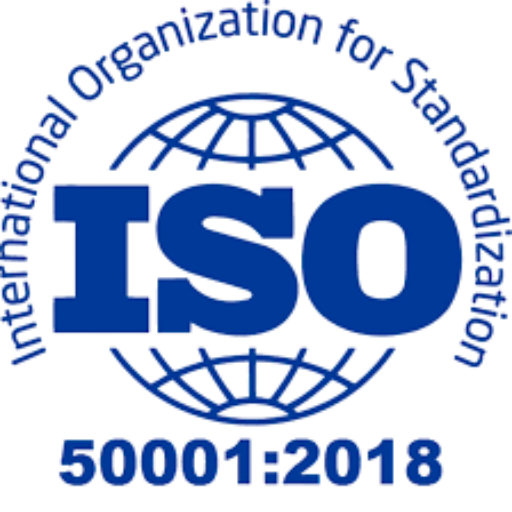

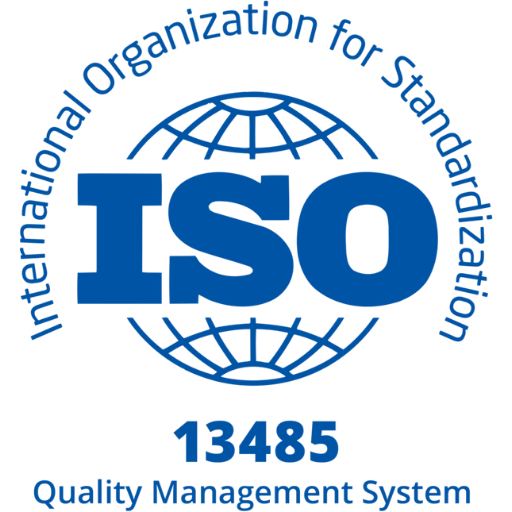

Apart from product certification, BIS is responsible for framing Indian Standards, conducting laboratory testing, and ensuring consumer protection.
Some items must be certified before they get released mysteriously made for select goods like cables, switches, cement, gas cylinders, etc.
It ensures electronic products conform to Indian Standards (IS).Covers 70+ products including laptops, phones, adapters, TVs, and batteries.
Hallmarking Certification is mandatory in India for gold and silver jewellery.The BIS 916 Hallmark confirms 22K gold purity.Silver Hallmarking is compulsory for certain grades like BIS 925.
FMCS Mark Certification is a BIS-led approval process that enables foreign manufacturers to sell regulated products in the Indian market.
It helps manufacturers build trust and create a compliance framework. It also markets to eco-conscious consumers.This guide will detail eligibility, provide information on the application procedure, and outline benefits of certification to ISO 14024.
It is governed by NABL under the Quality Council of India (QCI).Accreditation enhances trust among regulators, industries, and global partners.
The World Manufacturer Identity (WMI) is a globally recognized code used to identify vehicle manufacturers. WMI registration ensures traceability, compliance, and global brand recognition for automotive makers.
Stay ahead of regulatory changes with BIS Scheme X Certification. Now extended to September 1, 2026, under the omnibus technical regulation order 2024. Get complete certification support from Diligence Certification.
Get full assistance for CDSCO registration, medical device import licenses, and cosmetic import licenses with Diligence Certifications. Our expert guidance and comprehensive support ensure your compliance, helping you gain a competitive edge in the market. Your satisfaction is our commitment!
Diligence Certifications is a top-tier name in drug licensing and provides topmost service and knowledge support to all sizes of pharmaceutical companies. Our seasoned team understands the global regulations and has seen several success stories.
Having trouble securing Cosmetic License certification in India? Let our ISI certification experts assist you in achieving it and boosting your credibility!
Get expert guidance on Medical Device Registration in India. Learn CDSCO approval process, documents, fees & compliance for manufacturers and importers.
Secure your CPCB Certification with ease and align your business with environmental regulations and sustainable practices. Our expert team streamlines the application process, offering tailored guidance to meet your unique EPR compliance requirements.
Need assistance in Battery Waste Certification? Our experts guide you through every step to ensure smooth and compliant processing.
E-waste has become one of the most serious problems of the modern world, as technology is changing very fast. Discarded electronics items such as smartphones and refrigerators contain very toxic elements hazardous to human health and the environment if not treated properly.
Tyre wastage is an increasing global problem. It threatens to engulf the world in a sea of rubber with disastrous consequences for the environment and human health.
Diligence Certifications help businesses go a long way in environmental compliance matters through their management of plastic waste compliance. It rallies your commitment to reducing environmental impacts, increasing your recycling, driving circular economies and, hence, building credibility with consumers as citizens of a wider world contending against plastic pollution with angels and regulators.
Get Full Assistance for Model Approval for Indian W&M Instruments and Importer Registration for Weight and Measurement Instruments with Diligence Certifications. We prioritize your success by providing expert guidance and comprehensive support for all your LMPC Certification needs, helping you gain a competitive edge in the market. Your satisfaction is our commitment, and we work tirelessly to ensure it, now and in the future.
Get Full Assistance for Non-Network License, Network License, and Equipment Type Approval with Diligence Certifications. We prioritize your success by providing expert guidance and comprehensive support for all your WPC Approval needs, helping you gain a competitive edge in the market. Your satisfaction is our commitment, and we work tirelessly to ensure it, now and in the future.
End-to-end certification and regulatory compliance for Indian and global markets.
 Business Registration
Business Registration




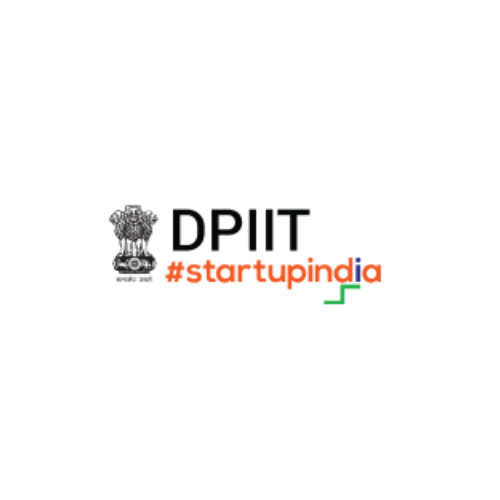









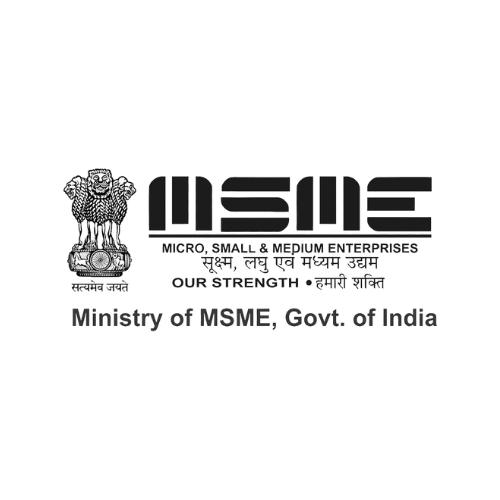


End-to-end certification and regulatory compliance for Indian and global markets.
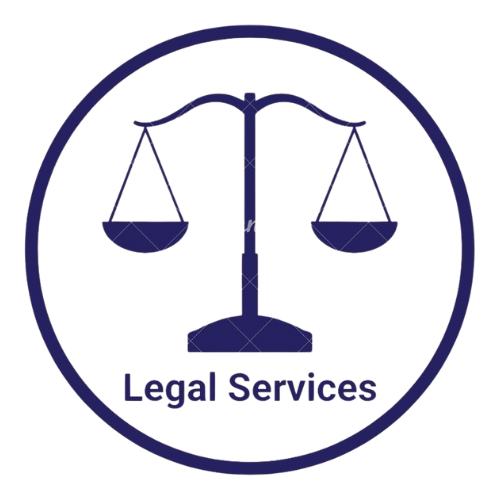 Legal Services
Legal Services
 Trademark Registration
Trademark Registration
 Copyright Registration
Copyright Registration
 Patent Registration
Patent Registration






















































In Bengaluru, an animation studio spent a year and a half developing a short film that received positive attention and won several awards at festivals. When a streaming platform reached out to the studio for the rights, they struggled with copyright licensing: which rights would be exclusive, how far did those rights reach, whether the rights carried over to products and merchandise, full licensing agreement, and making sure everything was clear in ordering the rights and establishing revenue sharing models. Having physical rights would put these studios in jeopardy of giving up their film, and losing their ability to monetize their works in the future.
The same issues faced by this animation studio are faced by musicians, authors, software developers, and creators across India. Copyright licenses allow for the creator of a work to leverage it or adapt it into a revenue-generating asset while still providing ownership and control. This form of copyright licensing is essential to monetizing intellectual property throughout India’s creative economy.

Copyright licensing provides a copyright holder with the ability to give another party permission to use the work for a specific period of time, under specified conditions, without transferring any ownership of the original work. A license enables someone to reproduce, adapt, distribute, perform or display the work, but the rights are not assigned so the licensor retains rights to the work.
One way to think of it is as if you were renting some intellectual property: the licensee can use the work commercially, but it has not transferred ownership to them. The license will specify how and for what purposes it can be used, along with any restrictions on the use of the work.
Indian law, under the Copyright Act, 1957 (Sections 30 – 32, allows both voluntary licenses (given at no fee, by the owner of the rights) and statutory compulsory licenses, (uses allowed under certain legislation). The flexibility of this enables the creator to be creative in how they construct licenses for different business models to protect their long-term interests.
A license agreement (contract) will specify the rights granted, territory, duration, financial obligations, quality, termination clauses, dispute resolution, obligations that are enforceable against both parties.
Copyright Licensing provides creators and copyright owners with important benefits, hence it is a choice method/quintessential method of monetising intellectual property. The main benefit is revenue generation while retaining ownership status. A musician, for example, gets to license songs to several places, and an author can license translation rights, all while keeping original rights, and thus capturing as much lifetime value from their intellectual property as possible.
Having commercial terms in a licence is important to remove ambiguity, as it defines payment, reporting, and violations. Allowing for Copyright licensing gives agencies the opportunity to scale in and across markets and platforms. For instance, this could mean licensing exclusive rights in the territory while allowing for non-exclusive rights to license out from other territories giving access and the ability to penetrate more markets and grow (broadening the distribution channel) without losing control.
Copyright Licensing also creates an opportunity for recurring revenue via royalties. Authors receive royalties on books, musicians may receive performance royalties and so on. Revenue can become passive as work gets in the hands of new audiences.
Copyright Licensing also allows for quality control and association and will eliminate ambiguity and inappropriate use of the work, with regards to reputation and commercial value.
Copyright Licensing also allows creators to “test the waters” with low risk into the marketplace. A limited term licence ensures the agency can assess performance of their partners and have the flexibility to walk away and terminate the agreement if needed. Avoiding permanent assignment of rights and legal expenses.
Indian copyright law recognizes different types of licenses to cater to different situations.
Voluntary Licence (Section 30): These licenses are usually given freely by the copyright owner under conditions agreed upon by both parties. There can be many different options for voluntary licenses, such as exclusive or non-exclusive rights, options that limit the license to a certain time or a certain territory, quality agreements, or royalty agreements. The majority of commercial licensing in India falls under voluntary licenses.
Compulsory Licence (Sections 31, 31A, 32): This license allows for the use of works without the owners consent and in order to serve the public. It has specific conditions. Section 31 applies to published works not available or priced excessively, Section 31A applies to unpublished works whose authors are unknown or who are deceased, Section 32 is for the translations licenses after the work has not been available for seven years. Royalties and reporting for the use of the owners work should compensate the owner in a fair amount.
Exclusive vs Non-Exclusive vs Limited Licence: An exclusive school license provides one licensee with complete rights, while a non-exclusive license would allow for multiple licensees. A limited license limits the amount of use permitted by time, territory, medium, or purpose for the benefit of the creator, which would allow the creator to maximize their value in a more strategic manner.
A comprehensive copyright license agreement defines rights, obligations, and protections for both parties.
The process of successfully licensing copyright involves several steps that are designed to safeguard your interests and foster effective commercial relationships.
Step 1: Diagnosis of Opportunities and Negotiation of Terms – Assess how, what rights, and/or to whom you wish to license. Research the market rates, and negotiate not only the terms, but also key terms such as territory, duration, exclusivity, and financial terms.
Step 2: The License Agreement – The negotiated terms are ultimately reduced to writing in the form of a written agreement. Writing is a way of codifying terms in a manner that is appropriate for the work, and legal counsel ensure that it is legally enforceable, and that it does not contain common legal traps.
Step 3: Inking the Deal – Once everyone signs or initials it, you have legally binding obligations. As well, you should keep copies, and although it may not be necessary, you may have it notarized if the likelihood of a licensee breach is high, especially for licenses granted outside the U.S.
Step 4: Registering the License – If the license is exclusive, or other circumstances like high monetary value are present, then you have the copyright license registered for further Public Record, and informal priority protection.
Step 5: Encumbering Compliance and Enforcing Terms – You should monitor the proper use of the obligations spelled out in the License agreement as well as payment of royalties, and enforce quality standards. Typical sections of license agreements allow for audit rights and most licenses have a procedure for address a material breach with notices, or legal action as needed.
Step 6: Documentation – Documentation of the License agreement, payments, correspondence, reports of usage (if applicable) from the licensee, etc.. When documenting everything, keep in mind that this information may potentially entail tax returns, portray a portfolio, or be used in the event of a dispute, to turnover records.
Copyright licensing societies act as intermediaries by allowing creators to monetize works where individual licensing can be unrealistic due to volume or transactional costs.
The Indian Performing Right Society (IPRS) manages public performance and broadcasting rights for musical works. Songwriters, composers, and publishers assign their rights over to IPRS which, in turn, can license the music to radio stations, streaming services, hotels, restaurants, and others. IPRS collects fees from customers and distributes royalties to members based on actual usage of their work.
The Indian Reprographic Rights Organisation (IRRO) is the equivalent society that manages reproduction rights for books and journals. Authors and publishers assign their rights over to IRRO to license educational institutions and corporations the right to photocopy their work and ensure fees reach authors and publishers efficiently.
Phonographic Performance Limited (PPL) represents record labels and producers of sound recordings by licensing, public performance, and broadcasting performance rights for recordings which are separate from the composer rights licensed from IPRS.
The benefits of societies are the ability to collectively bargain, they monitor usage of the rights granted to customers, and they are able to offer blanket licenses which allow for the administrative work of licensing to be independent of compliance.
The considerations for a member would include the inability to license your own works as a result of the membership agreement, and royalties may not mirror the precise usage of the work. Nonetheless, for the majority of authors and creators in music, publishing or other related fields there is no alternative to being a member of a society and the ability to fully monetize.
Strategic copyright licensing can convert your creative work into a lucrative business investment, allowing you to earn a recurring income and create value in your portfolio.
Grasping the distinctions between copyright licensing, assignment, and registration assists creators in deciding the best manner to publish their work.
Feature | Licensing | Assignment | Registration |
Nature | Permission to use | Transfer of ownership | Official record |
Ownership | Licensor retains | Transfers to assignee | Evidences ownership |
Duration | Limited term | Usually permanent | Lasts with copyright |
Flexibility | High – multiple licenses | Low – single transfer | Not applicable |
Monetization | Recurring | One-time | Enables enforcement |
Reversion | Automatic | Only if specified | Not applicable |
Control | Licensor retains | Assignee gains | Documents control |
Cost | Negotiated fees | Negotiated price | INR 500–5,000 |
Legal Effect | Contractual rights | Transfer of property | Evidential weight |
Strategic Approach: Register your copyright for legal protection, license it strategically to monetize while retaining ownership, and reserve assignment for permanent transfers, such as employment or selling your IP portfolio.
Copyright licensing is essential to the commercialization of creative work in India’s growing content economy. By knowing the license types, drafting comprehensive agreements, and relying on licensing societies, creators can turn the works they created and copyright into money-making assets.
Musicians, authors, software developers, and photographers all find value in licensing because it allows them to grant rights while still owning it. With licensing, you can establish a strategy for market segmentation, territorial preferences and multiple future royalty streams that generally is going to provide greater value over the long haul than simply selling your rights outright.
To be successful in licensing, you will need to careful deliberation when it comes to the terms, drafting agreements with industry relevant language, and making sure you monitor the agreements and enforce your rights if necessary. If you consult with an IP lawyer and licensing consultant, you can capitalize on the agreement you are drafting and lower your risk of loss.
Protect, monetize and create value with your creative works with copyright licenses. You can minimize disputes, create new revenue opportunities, and less worry about what happens to your legacy with clear terms and active management.





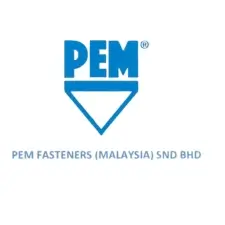
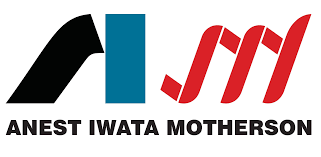























Copyright licensing means permission to use a copyrighted work on mutually agreed-upon terms while the creator keeps ownership of the copyright.
Licensing gives usage rights transfer, while assignment gives an ownership transfer, which is usually permanent.
Licensing allows creators to earn royalties, gives them opportunities for work to have additional reach, and keeps long-term control of their intellectual property.
Types of licenses include exclusive, non-exclusive, limited/territorial, voluntary, and compulsory licenses.
Yes - a written agreement is important for clarity and enforceability.
Yes- depending on the revenue share, minimum guarantee, territory, media, or amount of usage.
A compulsory license is a license ordered by the government if a work is not available in the marketplace or in the public interest.
Recording a license agreement is optional; however, it is recommended for exclusive or high-value licenses to gain priority on the copyrighted work and for legal purposes.
There are licensing societies in India such as IPRS, PPL, and IRRO, depending on the type of work.
Clauses that protect the creator's interests can include quality control, audit rights, moral rights, termination, and indemnity provisions.

